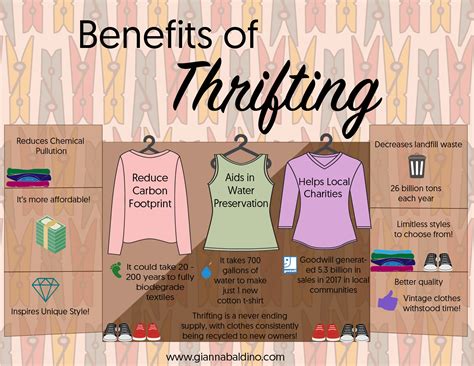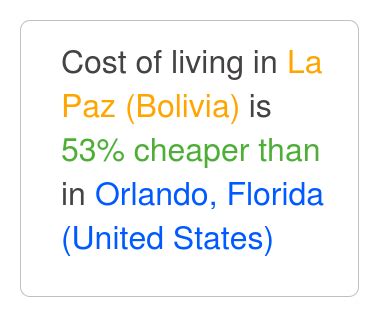Thrifting has become increasingly popular over the past few years as a way to save money while finding unique items. While there are numerous advantages of thrifting, there are also some weaknesses. Here are some of the potential drawbacks of shopping secondhand.
The first downside of thrifting is that there is no guarantee that you will find what you are looking for. While thrift stores are usually full of interesting and unusual items, you can’t always be sure that the item you are looking for will be available. Even if the item is available, it may not fit your style or budget.
Another potential disadvantage of thrifting is that the items available can be of lower quality than items you would find at a regular retail store. Thrift stores typically get donations from people who no longer need or want their items, so you may not always be able to find items that are in good condition. In addition, the prices of thrifted items can often be higher than those of new items.
Finally, thrifting can be a time-consuming process. Since thrift stores often have limited selections and can be crowded, it can take a while to find the item you want. In addition, it often takes some effort to sort through the items in order to find the best deals.
In summary, while thrifting can be a great way to find unusual items at a discounted price, it is important to be aware of the potential drawbacks. You may not always find what you are looking for, the items may be of lower quality, and it can be time-consuming. Therefore, it is important to weigh the pros and cons before deciding whether or not thrifting is the right choice for you.
Exploring The Limitations Of Thrifting
Thrifting is a great way to save money on clothing, accessories, and more. However, there are some limitations that come along with it.
One of the main limitations of thrifting is the selection. Because thrift stores are dependent on donations, the selection is limited to what has been donated. This means that there may not be the size, style, or color you are looking for. Additionally, because the items are used, the quality can vary greatly. While some items may be in excellent condition, others may be heavily worn or stained.
Another limitation of thrifting is the time commitment. In order to find the best deals, you will need to visit multiple thrift stores and spend a great deal of time browsing. Additionally, because of the unpredictable nature of thrift stores, you may spend hours in a store without finding anything you like. This can be a frustrating experience.
Finally, thrifting can be hit or miss. You may not always find items that fit your style or that you like. Additionally, some items can be overpriced, so it is important to compare prices of similar items to ensure that you are getting a good deal.
Pros and Cons of Thrifting
| Pros | Cons |
|---|---|
| Can save money | Selection can be limited |
| Can find unique items | Time consuming |
| Environmentally friendly | Can be hit or miss |
Overall, thrifting can be a great way to save money and find unique items, but there are some limitations to consider. Be sure to keep these in mind before embarking on your thrifting journey.
The Downsides Of Secondhand Shopping
Secondhand shopping is a great way to save money on items like clothes, furniture, and electronics. However, there are some downsides you should know before you make a purchase. Here are a few of the weaknesses of thrifting.
One of the biggest issues with secondhand shopping is that it is often sold as-is and most sellers do not offer refunds or returns. You should examine the item before purchasing to ensure it meets your needs.
The quality of items you find when shopping secondhand can vary greatly. Items may be worn, damaged, or not working as expected. Be sure to inspect the item thoroughly to make sure it is in the condition you expect.
When shopping secondhand, you may not find exactly what you’re looking for. It is important to be flexible and willing to compromise on items, as you may not find exactly what you want.
Secondhand items rarely have fixed prices. You may find the same item listed for differing prices on different days, depending on the seller’s pricing strategy. This can make it difficult to budget and plan ahead for thrifting trips.
When shopping secondhand, it is important to read descriptions carefully. Sellers may not be entirely honest about the condition of an item or its features. Ask questions and request additional photos before making a purchase.
Just as with any online purchase, there is always a risk of fraud when shopping secondhand. Be sure to buy from reputable sellers and research the prices of items to make sure you aren’t being overcharged.
| Downside of Thrifting | Description |
|---|---|
| No Returns | Most sellers do not offer refunds or returns on secondhand items. |
| Quality Varies | The quality of items can vary greatly. |
| Limited Selection | You may not find exactly what you’re looking for. |
| Price Fluctuations | Prices may vary from seller to seller. |
| Inaccurate Descriptions | Sellers may not describe items honestly. |
| Risk of Fraud | Be cautious when shopping to avoid fraud. |
Overall, secondhand shopping is a great way to save money on items you need. However, it is important to be aware of the downsides so you can make a smart purchase.
 Road Topic Tourism & Travel
Road Topic Tourism & Travel




